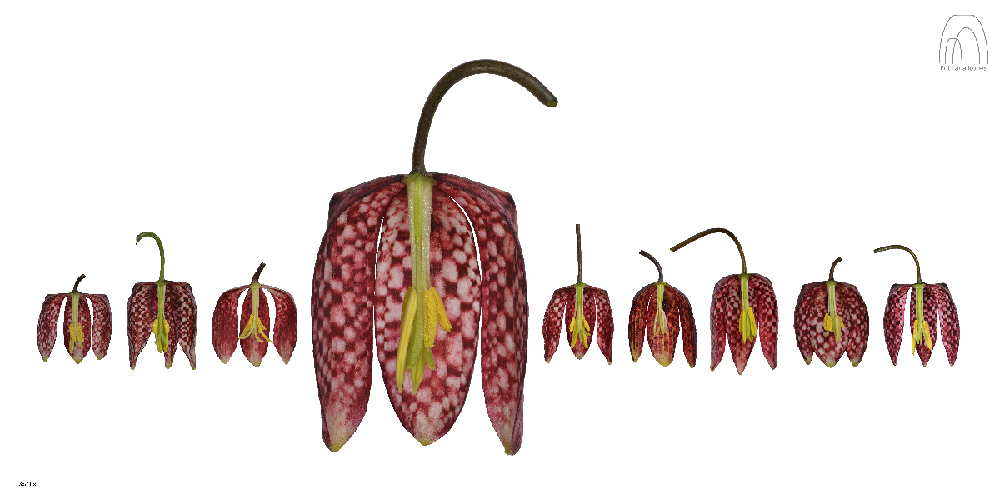NEWS 2024
Fritillaria meleagris - First Among Equals
Also exhibited: 33 Views of Fritillaria meleagris & Ducklington Fritillary
Cricklade North Meadow Bioblitz
Cricklade Court Leet, Natural England, The Floodplain Meadow Partnership
Cricklade Town Hall
Cricklade
Wiltshire SN6 6AE
United Kingdom
1 June 2024
Summary
North Meadow National Nature Reserve, Cricklade is a flower rich ancient floodplain hay meadow in the upper Thames valley. It is designated a Special Area of Conservation (SAC) and Site of Special Scientific Interest (SSSI). Owned and managed by Natural England with common rights still vested in the Cricklade Court Leet. Over 250 species of higher plants occur within this Lowland Hay Meadow including the largest population of Fritillaria meleagris (Snake’s-head Fritillary). Since 1999 the Open University Floodplain Meadows Partnership have coordinated annual ecological surveys on the meadow. An exhibit of Fritillaria meleagris images and talk formed part of a special day at Cricklade Town Hall. The Floodplain Meadows Partnership, Natural England, Andy Rumming (North Meadow Farmer), and other local special interest groups also contributed.
Why is Fritillaria meleagris First Among Equals?
Fritillaria meleagrisis the type for the genus
In the 1560s Noël Capperon alerted the botanical community to a previously undocumented plant growing along the Loire Valley. In a letter to Carolus Clusius in 1571, he refers to this chequered flowered species as Fritillaria. In 1574 the Flemish botanist Rembert Dodoens published the first description and illustration under the name Meleagris Flos. Carl Linnaeus, the father of modern taxonomy, combined these two names in his Species Plantarium (1753), so formalising it in his new taxonomic binomial nomenclature system. Finally, at the International Botanical Congress, held in Cambridge, UK (1930), Fritillaria meleagris was formally designated as the type for the genus.
Fritillaria meleagris is especially well represented in art
From Dutch still life paintings to Charles Rennie Mackintosh to photographs of Magdalen Meadows in Oxford, Fritillaria meleagris is frequently celebrated. Very few observe it well, John Ruskin is one of the rare exceptions. Many images show dense arrangements with leaves twisting for light, stems contorted, flowers all uniform. All signs pointing to the presence of a pot from the garden centre just outside the frame of the picture. W B Turrill said, ‘Fritillaries in a pot may be attractive, in their own home they are beautiful’ (The Lily Year Book 1951-52). Within the genus only Fritillaria imperialis has a similar level of portrayal.
Fritillaria meleagris as a charismatic conservation symbol
In many locations, either wild or introduced, Fritillaria meleagris has adapted to human management of the land. Species rich grasslands than flood in winter, are cut for hay in mid-summer, then grazed until autumn, were common for many centuries. Modern farming methods have mostly replaced them. Of the many species found in what remains of these traditional hay meadows, Fritillaria meleagris is frequently adopted as a charismatic symbol for numerous conservation projects.
A particular phenotype of Fritillaria meleagris dominates our visual consciousness
The work shows eight flowers at 3x life-size and one 10x life-size. This larger flower exemplifies the form generally portrayed, the Western European or horticultural form. To many this is Fritillaria meleagris; a narrow view that denies the natural diversity found within a species and intimated by the other flowers in the arrangement.
Click image to download page as a PDF. Related work, 16 Views of Fritillaria meleagris




